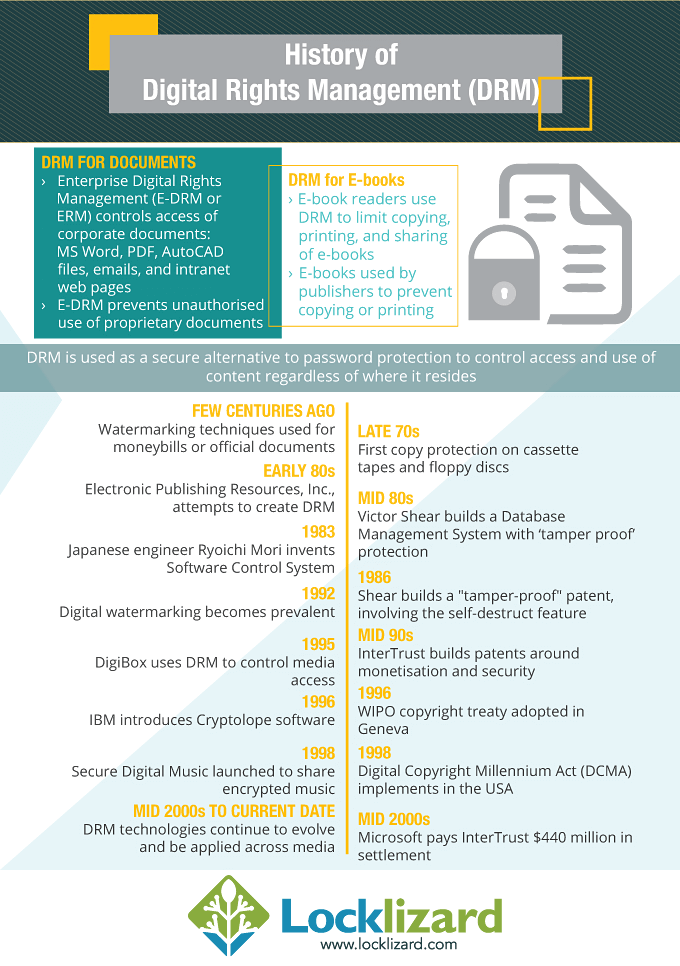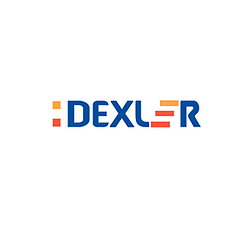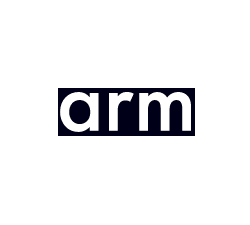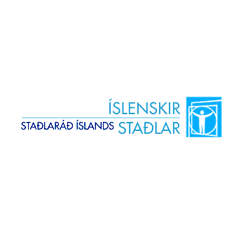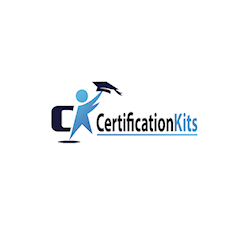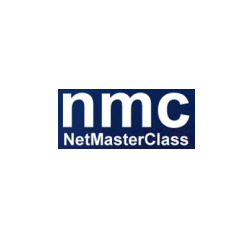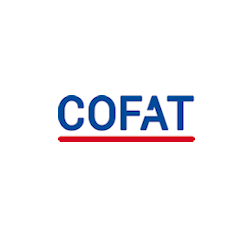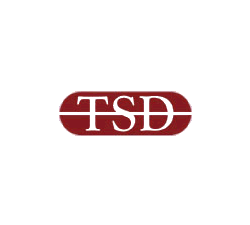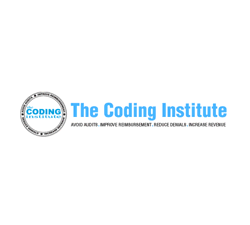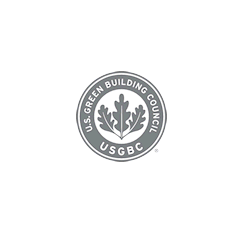
Rights Management System to Protect Copyright
Protecting digital copyright with rights management & DRM
Although it seems pretty obvious to some people that you should be able to decide who can read information that you have created, and perhaps pay for that pleasure, it helps to understand a little about how the idea of ‘property rights’ developed.
History of rights
If you go back a bit, to when the ancient Egyptians were carving hieroglyphs into stone, or the Babylonians were making marks on clay tablets and then baking them, book sales were not commonplace. Production was very slow and labor intensive. Making a copy of even a very short document was not easy. Most people had storytellers to ‘remember’ what had happened (history), because it was impractical to commit large volumes of information onto a solid medium (stone, clay, papyrus).
Even when books first got going it took an incredible amount of time to write a manuscript. Initially this was done on papyrus or leather, but later a thin leather called parchment was used which was much longer lasting. So books became a proposition, although copying one needed the use of a religious order for a good while.
The ancient Chinese (BC), Caxton and Gutenberg (circa 1400 AD) amongst others created the initial printing industry, and the ability to make copies of books much more quickly than ever before. And this put power into the hands of the printers, because they could control the printing process. It was to be quite a while before it was thought that the author of a book should have some ‘rights’ in the work that went along with the sale of the book (or picture).
Perhaps the first reference to a copyright (quite literally the right to make copies) is the Statute of Anne, 1710 (see http://www.copyrighthistory.com/anne.html) developed in the United Kingdom, and setting out rights lasting for 14 and 21 years. There was much debate about exactly what this ‘right’ was because the more usual property rights were about the ownership of land, and that was much easier to think about.
But, since 1710 copyright has steadily developed. Some countries created ‘droit morale’ or moral rights which the author retained and these could not be sold to anyone else. These included the right not to be misquoted or misrepresented.
But mainly the rights concerned getting paid when their intellectual property was copied and sold. And how long those economic rights lasted before the work became freely available to anyone without payment of a copyright.
Not all countries developed copyright law at the same time or speed. In the Far East in particular copyright law was very slow to develop, some of it only in the last century.
So there you have a (very) brief overview of the development of the idea of a copyright that allowed an author to control who could make or obtain copies of their works, under what conditions and to be paid for granting one or more rights.
Digital rights management (DRM)
Digital rights management is a technology that has been introduced to allow copyright holders to better control their rights in the digital age.
Because corporations are big users of IT systems they have found that they, just like authors, playwrights and composers, have a large number of documents they need to protect. Traditional authors want to protect their work so that they receive payment before someone reads their work. Corporations want to make sure that their documents cannot leak and become public unless that has been authorized.
In the digital age, copying, especially over the Internet, is easy – just ask any software business, music and DVD providers or computer games publishers. They have found that they are almost unable to prevent people from copying (and reselling) their products all round the world. From new films to new books to financial reports and analyses or patient medical details.
Of course, computers are very able to copy information, mainly because whenever you see anything on the screen or listen to it on the audio circuit then it has been copied! So digital rights management systems set out to prevent unauthorized copying or use.
Digital rights often set out to control:
- ability to read a document
- ability to read the document a number of times
- preventing reading a document before a given date/time
- preventing reading a document after a given date/time
- preventing printing the document
- limiting printing to a number of copies
- preventing using the Print Screen feature to copy information
- allowing low quality printing
- allowing limited copying
- allowing a program to be run.
In many rights management systems the rights that are licensed are related to payments being made or to authorization from the rights owner. This will depend on whether the document is being licensed for public use – like a book or a magazine or periodical, or if it is a document internal to a corporation where it must only be accessible by specified individuals or groups.
This can lead to conflict between the ideas of payment before use and authorization. Systems that integrate payment processing into rights management can lead to complexity, and the imposition of processing methods that do not suit the rights holder because not every situation requires a payment.
Selecting a digital rights management system that is suitable for you means you need to look at how effectively they enforce the controls. Encouraging people not to copy is very different from preventing copying. You also need to think about whether you want to implement their payments system, or if you would prefer integration with your own, or even manual processing so that you can decide each case as you go along rather than have to preset all the ‘policies’ or controls that the DRM provider is supporting.

